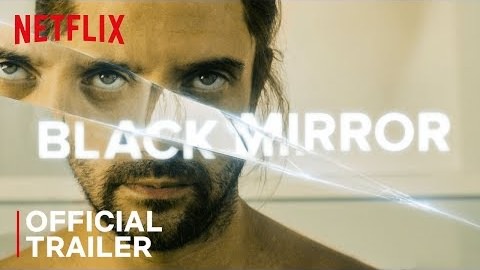
Speaking of APIs: Dieses Video von Tom Scott, den ich bis zu eben diesem Video zu meiner und seiner Überraschung nicht kannte, ist vor kurzem vielerorts dadurch aufgepoppt, dass er den Videotitel über die YouTube-API ständig mit dem (fast) aktuellen View-Count aktualisiert hat („This Video Has 11,385,557 Views“).
Passend zu dieser unerwartet guten API-Nutzung erzählt er im Video davon, wie damals™ im Web 2.0 alle Dienste mit offenen APIs ausgestattet waren und Tools wie Yahoo Pipes es uns ermöglichten, Daten und Dienste kostenlos und kinderleicht miteinander zu verbinden. Gute, vergangene Zeiten, was dann auch die Botschaft seines Videos ist: Machen, auch wenn es – wie alles – vergänglich ist; Hauptsache es hat(te) einen positiven Effekt.
Eine Botschaft, die ich, klar, so unterschreiben würde und die seinem sehr sehenswerten Channel mindestens ein weiteres Abo eingebracht hat.



